![Amazon.com: Brussel's Live Golden Gate Ficus Indoor Bonsai Tree - 7 Years Old; 8]() Amazon.com: Brussel's Live Golden Gate Ficus Indoor Bonsai Tree - 7 Years Old; 8" to 10" Tall with Decorative Container: Garden & Outdoor
Amazon.com: Brussel's Live Golden Gate Ficus Indoor Bonsai Tree - 7 Years Old; 8" to 10" Tall with Decorative Container: Garden & OutdoorBonsai Terms Glossary There is a lot of information about bonsai gardening, but most of it is addressed to individuals who already have an understanding of Bonsai basic terminology and techniques. Even bonsai books, intended for beginners, assume that you have a basic knowledge of tree and plant terminology. If you need help, look at our Bonsai Glossary. Although it does not cover all the Japanese terms used in bonsai gardening; it is a useful tool for every bonsai enthusiastic level. The Bonsai Glossary tries to define all the terms in "plain English". However, some of the definitions can be cryptic because they trust in other terms that may not be familiar to you. AAccent Plant : It is a small plant exhibited next to a bonsai. Accent plants are typically used when a bonsai is formally shown in a show or exhibition. Accent plants may include any perennial, bamboo or herb. Air Layer: It is a method of spreading bonsai. The layer is more complicated than taking cuts, but it has the advantage that the propagated portion can continue to receive water and nutrients from the parent plant while forming roots. This is important for plants that form roots slowly, or to spread large pieces. Akadama: Classic Japanese soil Bonsai which means red clay balls. Imported for Japan, this volcanic soil has been used for thousands of years by bonsai artists in most types of deciduos bonsai trees. Apex: The highest point in the tree. In a bonsai, this can be a single branch or a series of small branches. It can also be foliage or jin. BBack budding: Process of fostering new growth in a branch where growth is currently nonexistent. The rear shoot occurs when new "old" wood shoots appear. Bleeding: The loss of sap caused by the wound or pruning. Bonsai: Japanese term for the art of cultivating and training a plant to create the illusion of a dwarf tree. Bonsai is a Japanese word composed of two characters or words, "bon" and "sai". Bon is pronounced as the English word "bone", and means pot, container or tray. Sai is pronounced as the English word "sigh" and means tree or plant in Japanese. Subdirection: A clamp or a cat used to bend branches or trunk in a different position. Branch divider: Also known as a log separator, this cutting tool is specially designed to divide trunks with minimal residual damage. Buttress: Also known as flamante, is the area of a tree trunk where the roots are found with the surface of the ground; usually with style to transport force. CChlorosis: Yellow leaf tissue due to lack of chlorophyll. Possible causes of chlorosis include poor drainage, damaged roots, compacted roots, high alkalinity and nutrient deficiencies in the plant. Callus : Wooden fabric 'scar' that forms on a wound where a branch has been rotten. It is the process of healing trees. Cambium: The layer of living tissue [tipically green] between sapwood and bark. In regions where there are alternate seasons, the growth of each year established by the cambium is discernible due to the contrast between the large wooden elements produced in the spring and the smallest produced in the summer. These are the annual rings, for which the age of a tree can be established. Concave cutters: a bonsai tool used to remove branches with a spray cut or slightly depression. C oncave cutters are one of the most important bonsai tools you can own. Also known as Mataeda Hasanmi, are necessary for the bonsai style and pre-bonsai nursery reserve. They are designed specifically to cut branches that unfold to the trunk. This type of cut allows the wound to heal quickly and smoothly, and without creating a visionless blow on the trunk of your bonsai tree. Canopy: The peripheral foliage of the upper branches and those of the outside of the tree. Crown: Top of a tree where branches extend from the trunk and define its bonsai silhouette. Coniferous: A tree with cones; mainly perennial trees such as pines, cedars, sprains and junipers. Coniferous trees have small leaves and waxes, sometimes needles, which are usually kept all year round. Cut paste: wound sealant specially made to promote healing and maintain the bleeding sap. Very popular with experienced bonsaiistas. DDeciduous: A tree that has a seasonal growth cycle where the new foliage occurs in the spring, then grows throughout the summer, rotates the colors in autumn, and drops in the winter, leaving shoots in the branches for the new foliage of the next spring. Determined trees enter a state of ailment annually. Remove: Death of buds or branch tips caused by drought, insects, disease, lack of light or extreme weather conditions. Defoliation: The leaf pruning, by which some or all the leaves are removed to encourage new shoots and smaller leaves that can greatly increase the branching. Dormancy - It is the rest period for bonsai, where there is little or no growth - usually autumn and winter months. Dwarf: A smaller variety or grower than the species tree, but it preserves all the characteristics of a full-size species tree. Dwarves are usually compact and slow-growing. EEvergreen : "Evergreen" refers to trees that normally retain most of their foliage (needles) through winter. The pine and juniper are examples. FFeeder root: The fine roots that absorb water and soil nutrients. Feng Shui: It literally leads to the "windwater." Feng Shui is the ancient Chinese art of placement. The goal of Feng Shui is to achieve harmony, comfort and balance, first in the environment and then in one's life. Fertilizer: This is "food" for your bonsai, bushes and plants that are usually composed of NPK: Fosphorus by roots, Nitrogen for foliage and Potassium for flowers. Foliage pad: Cloud-shaped foliage mass in a branch. Foliage pads are formed by the formation of individual branches with bonsai scissors and bonsai wire. Forest Bonsai: Created from several small plants of the same variety to simulate a forest in nature. Fungicidio: A chemical compound used to prevent the growth and spread of fungi, which can cause serious damage to a bonsai. GGermination: It is the process by which a bonsai seed leaves the inactive state begins to grow, develop roots and buds. Graft: It is a method of spreading bonsai where the tissue of a tree is encouraged to merge with that of another tree. The stem of one plant merges with another to grow together with the benefit of adding foliage where it did not previously exist in a bonsai. Girth: The circumference of a Bonsai tree measured at its wider or just point above the base of the root. HHair Roots: The fine roots that absorb water and nutrients from the soil. Running hard: It involves cutting all the stems just a few inches on the ground. This is done to renew an overgrown bush. Not all bushes respond well to this treatment - it must be used only in vigorous growth bushes. Hardiness: The ability of the plant to survive in the extreme temperatures of a particular geographical region. Plants can be resistant to cold, heat tolerant or both. Hardy is a term used to describe trees capable of a winter frost standing. The map of the tree and plant hardening area of the U.S. Department of Agriculture is a good guide to help you determine the capacity of a plant to support an average minimum temperature. Humidity : The amount or degree of humidity in the air. IIkebana: Ikebana (Japanese: literally "living flowers") is the Japanese art of flower ordination. The arrangements follow strict rules to represent heaven, earth and people. Insecticide: A chemical (synthetic or organic) used to kill or repel insects. There are numerous botanical and mineral powders that are toxic to insects, as well as biodegradable chemicals such as insecticide soap. Internodes: In a stem, there are nodes where the leaves, the shoots and other stems originate. Among the nodes there is a stem length called the internudos. JJin : Pronunciado JEEN is a Japanese term that refers to dead wood at the ends of branches or trunk. Jin can be an old branch or part of the trunk. The jins are artificially created from undesired branches when stripping bark and cambium to represent a dead wood. KKiyonaal: A fast-drying sealant and grafting aid contains insecticides and fungicides and forms a soft and dark green cover that is still quite flexible. As the callus forms, the pasta gradually drops without leaving marks. LLava: An amendment of bonsai soil formed by crushed volcanic ash. Layer: A propagation method in which a stem is induced to send roots by surrounding it with soil. Leader: The main session at the top of the tree. Lemon sulfide: Chemistry used to preserve your Jin and Shari (dead wood) in your bonsai. The stripped branch or trunk is whited to mature a jin or shari. It also acts as the cut paste to stop the intrusion of infection to the tree and whiten the wood by giving it a natural color. Loam: A rich soil composed of clay, sand and organic matter. MMame: Mame (pronounced "Ma-May") refers to the size of a bonsai. Mame bonsai should be ideally not more than 10 cm high and can be held in the palm of a hand. Mesophyll: The spongy inner tissue of a leaf, functionally similar to the bark of stems and roots, where raw materials - carbon dioxide and water vapor are kept during the photoynthesis process. Micorriza: It is a beneficial white fungus that is often found on the ground around pines. It usually seems to be small white filament mats each of about 1/4 inches long, helping them absorb nutrients. NN. P.K. : Acronyms for the three main bonsai nutrients and used to describe the quantities of each one easily available.' N' is for nitrogen, 'P' for phosphorus, and' K' for potassium. Nebari: The Japanese term for the exposed surface roots. It is the extension of the roots from which the lower trunk originates from the bonsai soil. Needle: A very narrow leaf, often always green and generally of a rigid texture, such as those found in a pine tree. Nitrogen: An essential element of bonsai nutrition and identified by the chemical symbol N; nitrogen helps develop foliage and stem growth. Node: The area of a bonsai [trunk or branch] where leaf shoots emerge. PPetiole : In a simple leaf, the petiole is the structure that binds the leaf to the stem. Perlite : volcanic ash that has been exposed to very high heat expands to form perlite. It is very light and is often used in pottery mixtures to promote good drainage, as well as to prevent the soil from compacting. Because it is also porous, it helps to maintain soil moisture. Its size varies, but it's almost as big as the gravel. Phloem : A layer of tree tissue right within the bark that leads leaves food to stem and roots. See Cambium. Phosphorus: An essential element of bonsai nutrition and identified by the chemical symbol P. Encourages the development of the root and ripening of fruits and seeds. - Synthesis: The process by which plants convert water and carbon dioxide into carbohydrates, using solar light as a source of energy and the help of chlorophyll.pH: Measurement of soil acidity. PH is a measure of acidity or the basis (alkaliness) of a material when dissolved in the water. It is expressed on a scale of 0 to 14. Roughly, pH can be divided into the following ranges:pH 0 - 2 Strongly acidicpH 3 - 5 Weakly acidicpH 6 - 8 NeutralpH 9 - 11 Weakly basicpH 12 - 14 Strongly basic Pinching: A technique used to control and shape a new soft growth of the foliage, to pinch carefully or toss small shoots with the finger and thumb in a pinch motion. Pot: A growing bowl for bonsai, usually high fire clay. The word Chinese or Japanese bon means "tray" or "pate de afeitar". To fully appreciate the beauty of a bonsai, the boat you chose should congratulate your tree. Potassium: The third essential element of plant nutrition and identified by the chemical symbol K. It promotes strong growth, the development of flower buds and the formation of fruits. Pot-bound : It refers to the state of a cultivated container plant where the root growth has filled the container to the extent of eliminating all vital spaces of the air. When a plant gets too big for its pot, the roots surround inside the pot and begin to restrict. If your plants seem to dry faster than they used to, but they are otherwise healthy, they are probably tied to the pot. There are simply too many roots in the pot and there is not enough soil to sustain and distribute water. Pruning : The process of controlling the shape and growth rate of a bonsai by cutting the shoots, stems and branches. Pumice : It is a clear volcanic rock that contains abundant gas bubbles trapped by the explosive eruption of the magma. It is often used as a bonsai soil amendment. RRaffia : It originates from the palm of raffia. The fiber, which is soft, flexible, strong and not sprayed when wet, is torn in thin strips of these leaves. After drying in the sun, raffia takes a yellowish tone, but it can be dyed in other colors. It is used to wrap branches and trunk before folding. It will help reduce the likelihood of dividing branches. Repotting : The practice of removing a bonsai from your container to refresh the soil and encourage the growth of the renewed root. It is also a great time to select a new or larger pot and its imperative for the health of a bonsai. Rootball : The large mass of roots and soil visible in a bonsai when removed from its pot. Root correction : The practice of cutting the roots when repotting from one pot to another will encourage root growth and promote future growth. Rotative Hormone: A powder or liquid growth hormone is used to promote root development in a cut. It is formulated for the spread of cuts and stimulate the development of adventcise roots. SSphagnum moss: Type of moss used for the lining of hanging baskets and as an amendment to the floor, or as a means of rooting in the propagation of trees by layer of air. Shari : Japanese term for dead wood exposed in the trunk of a bonsai (unlike Jin it is a branch or protrusion of dead wood). It is the area where the bark and cambium have been removed from the trunk to suggest fights against natural climatic conditions such as wind, lightning, snow and ice. Bonsai has less than 10 inches high. Soil Sieve: It is used to classify soils for the layer and to remove fine dust that inhibits the proper drainage. Estratification: Natural process by which seeds are exposed at low temperatures to obtain seeds to germinate. These conditions can also be artificially recreated using a refrigerator or freezer. Suiban: A Japanese ceramic tray without drainage holes to show visualization stones (see suiseki), or for rock plantations, which are usually placed in water. Suiseki: 'Seeing stones' that suggest a mountain scene or landscape, usually displayed in shallow pots or in specially carved wooden stalls. Suiseki (Sui = water, Seki = stone) is the study and enjoyment of naturally formed stones as objects of beauty. Suiseki's art involves the collection, preparation and appreciation of naturally un altered formed stones. These stones are found in mountain streams, in wind deserts, along ocean beaches - where nature may have deposited or moulded. TTokonoma: A tokonoma is a small high alcove where bonsai individual specimens are displayed, consisting of three elements, the bonsai tree (man), a parchment (heaven) and an accessory (earth). Tokonoma is a traditional exhibition area in a Japanese house where the bonsai are brought within for a short period and are shown with accent plantations and calligraphy. Breathing: The natural process of water loss from the surfaces of the leaves and the vegetable stems. Tufa rock : P ronounced "toofa is a type of soft limestone, easily carved and ideal for rock plantations. Tufa is formed when the water evaporates from lime-rich waters, leaving calcite (calcium carbonate) to crystallize, often with impurities of iron oxides (rust), which give tufa its yellow and red coloring. Tachiagari: Movement of the trunk that goes from the base (nebari) to the first branch. VVariega Sheet: A green leaf design that is stained, bordered or stained with yellow, white or cream. Vermiculite: It is a mineral called mica that warms and swells up to form light granules, similar to sponge, able to sustain both water and air. Useful to root seedlings. Wound Sealing: A compound formulated to seal cuts made in branches or bonsai trunk to prevent moisture loss and promote heel. Whitefly: A small flying sap sucker that is from the host family and is installed in indoor plants, sometimes in large quantities. The health of the plant can be severely compromised if it is not treated with an appropriate spray. YYamadori: Japanese term for a tree collected from the wild mountain, or a tree swarmed "in nature" by natural circumstances. ZZen: From the Japanese word meaning "meditation". It is the form of Buddhism that developed in Japan. DISCLAIMER: The content contained in this article is neither guaranteed nor guaranteed by Bonsai Outlet. The content provided is intended for entertainment and/or educational purposes to introduce key ideas, concepts and/or product reviews to the reader. We are not responsible for any negative consequences that may result from the implementation of any information covered in our articles or tutorials. Happy bonsai garden. Subscribe to our NEWSLETTER and receive 10% discount! Customer serviceBonsai CareNursery InformationContact us Bonsai de Brussel 8125 Center Hill Road Olive Branch, MS 38654 1-800-582-2593 Your shopping bagYour bag is empty! AccountLog inNew CustomerCreate an account with us and you can:Forget the password Forgot password Fill in your email below to request a new password. An email will be sent to the next address containing a link to verify your email address.
Bonsai Glossary Conditions defines dozens of ... - Brussel's BonsaiPeople also askBrussel's Bonsai: Quality Tree Bonsai - Bonsai Tree Care The history of Brussels Bonsai - Directory of the streetBrussel's Live Golden Gate Ficus Indoor Bonsai Tree ... - Amazon.com Jade Jade live Bonsai tree - 3 ... - Amazon.com Where to find the best Bonsai trees for sale in the USA. - Petal ...Brusela's Bonsai Brussels Bonsai Fukien Tea ¦ Indoor bonsai tree ... Chinese Elm Bonsai - PinterestBonsai Trees Shopping " Growing Guide ¦ Trees.comBrussel Bonsai Nurse - StyleBlueprintRelated Searches
![Amazon.com: Brussel's Live Dwarf Jade Indoor Bonsai Tree - 3 Years Old; 4]()
Amazon.com: Brussel's Live Dwarf Jade Indoor Bonsai Tree - 3 Years Old; 4" to 6" Tall with Decorative Container: Garden & Outdoor![Amazon.com: Brussel's Live Hawaiian Umbrella Indoor Bonsai Tree in Water Pot - 5 Years Old; 8]()
Amazon.com: Brussel's Live Hawaiian Umbrella Indoor Bonsai Tree in Water Pot - 5 Years Old; 8" to 12" Tall: Garden & Outdoor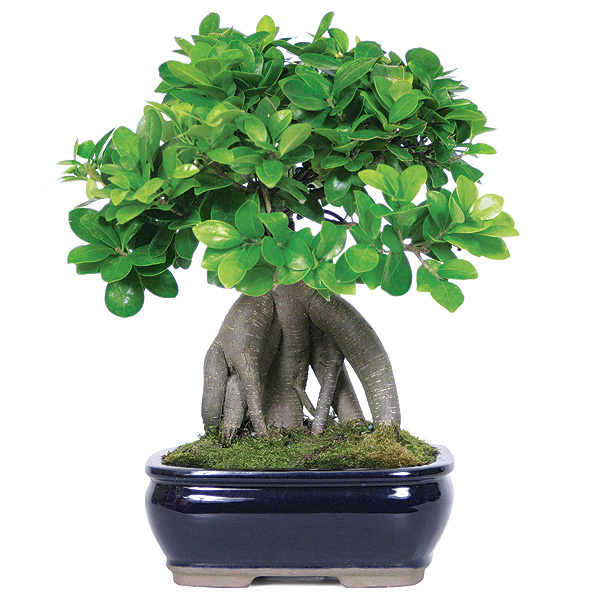
Ginseng Grafted Ficus Care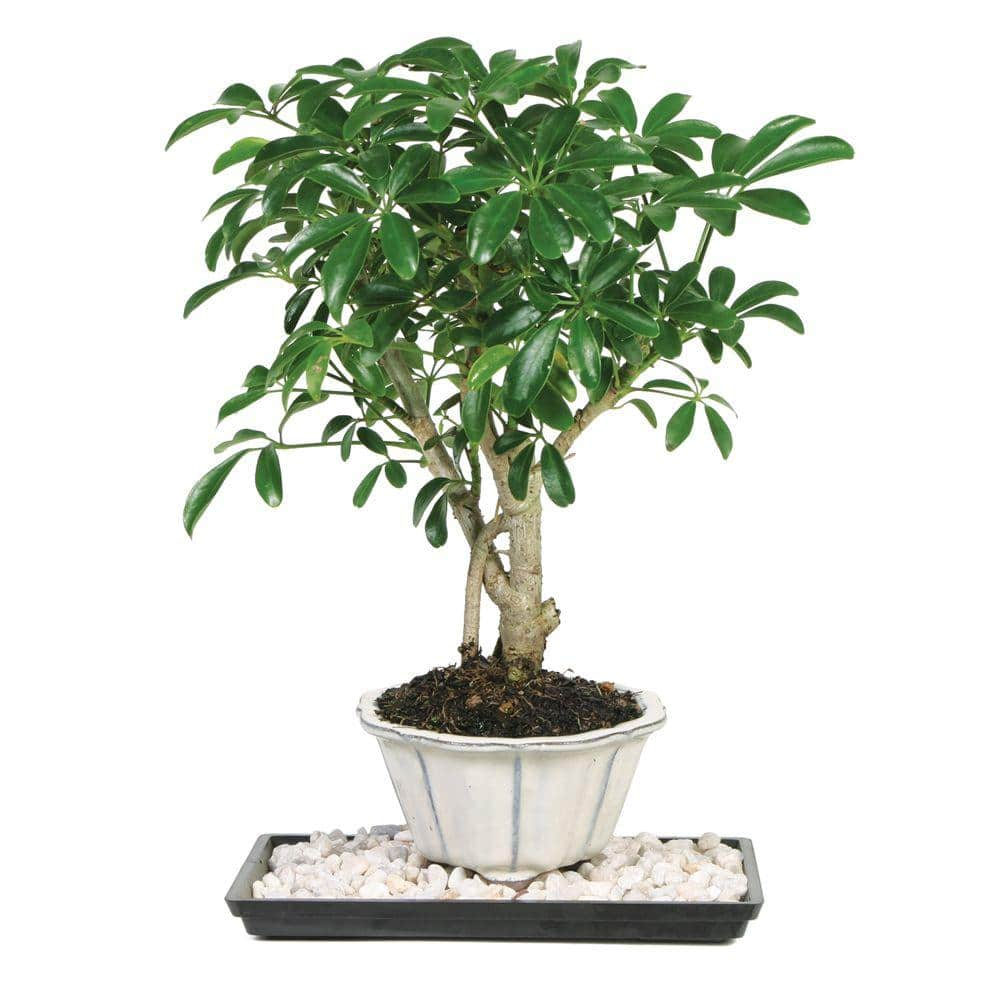
Brussel's Bonsai Dwarf Hawaiian Umbrella Tree (Indoor)-DT-6019ARB - The Home Depot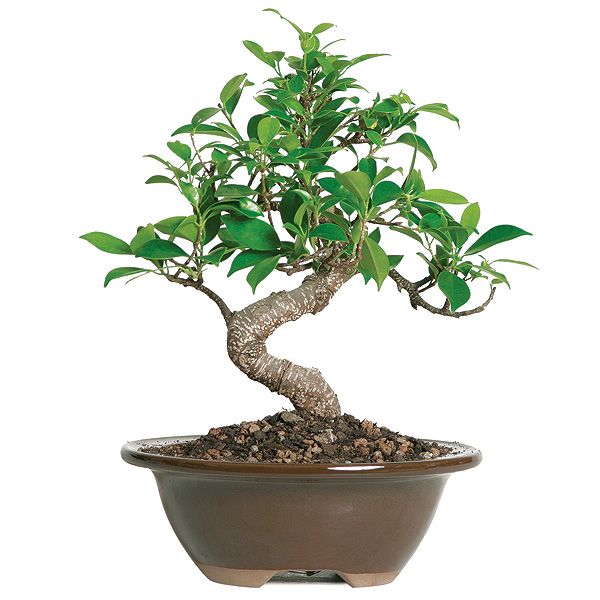
Golden Gate Ficus Care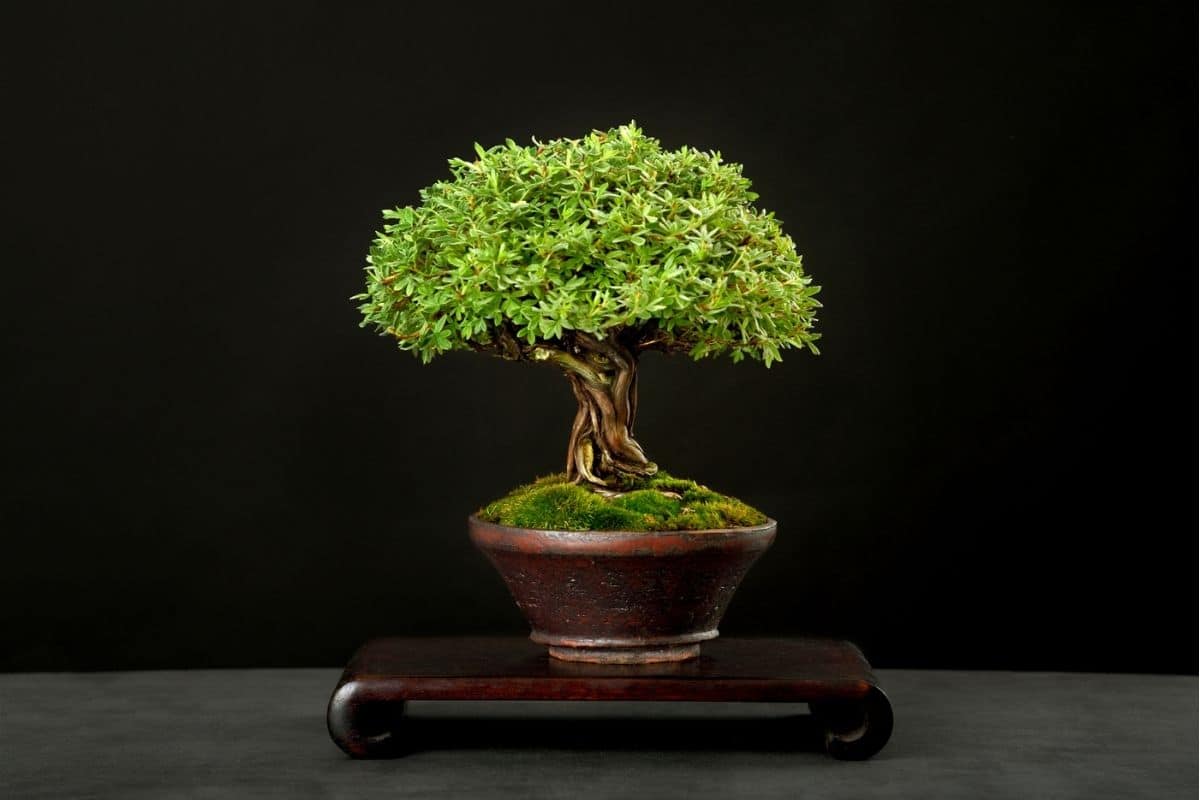
What Do Bonsai Trees Mean and Symbolize? Learn Before Choosing | Florgeous
Quality Bonsai Tree - Bonsai Tree Care | Brussel's Bonsai
Brussel's CT9005CE Chinese Elm Bonsai | Chinese elm bonsai, Elm bonsai, Indoor bonsai tree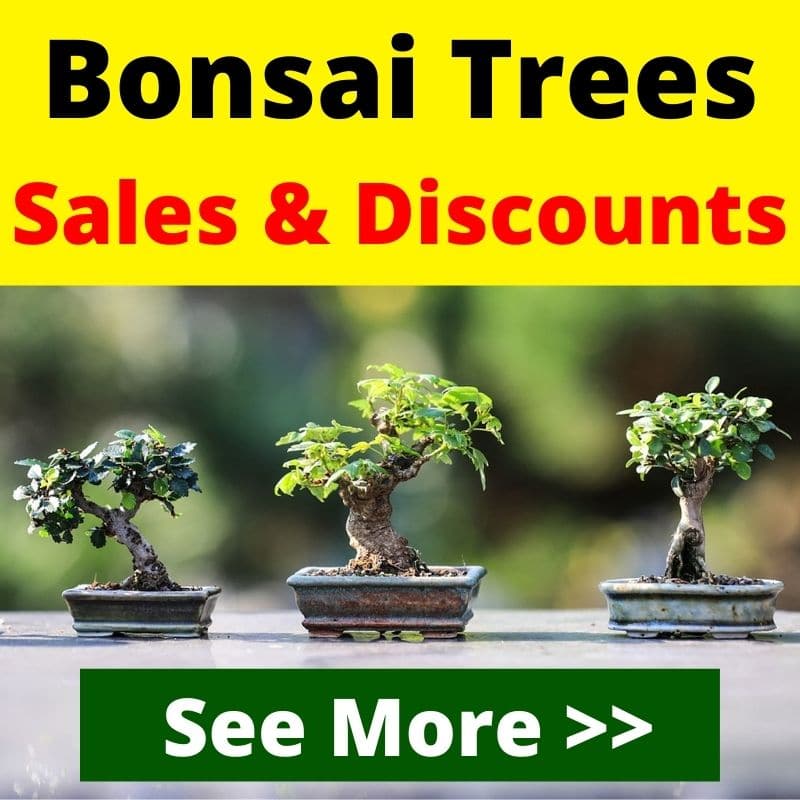
What Do Bonsai Trees Mean and Symbolize? Learn Before Choosing | Florgeous![Amazon.com: Brussel's Live Jade Indoor Bonsai Tree in Water Pot - 3 Years Old; 8]()
Amazon.com: Brussel's Live Jade Indoor Bonsai Tree in Water Pot - 3 Years Old; 8" to 10" Tall: Garden & Outdoor
Brussel's Bonsai Nursery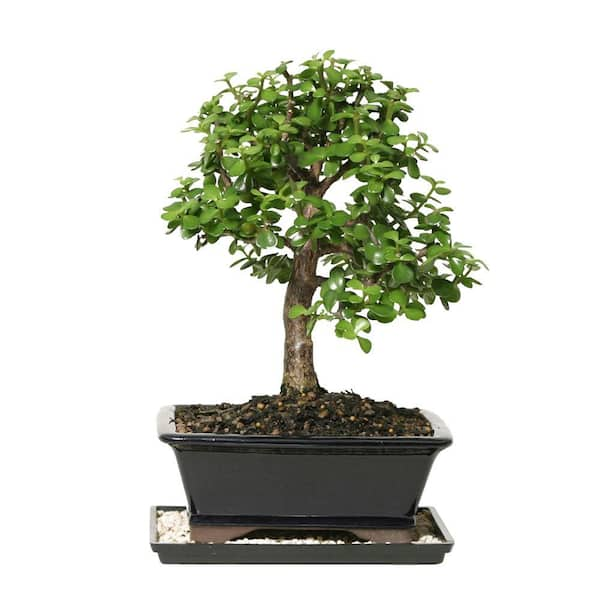
Brussel's Bonsai Dwarf Jade Bonsai-DT-6009DJ - The Home Depot![Amazon.com: Brussel's Live Green Mound Juniper Outdoor Bonsai Tree - 5 Years Old; 6]()
Amazon.com: Brussel's Live Green Mound Juniper Outdoor Bonsai Tree - 5 Years Old; 6" to 10" Tall with Decorative: Garden & Outdoor
Quality Bonsai Tree - Bonsai Tree Care | Brussel's Bonsai![Amazon.com: Brussel's Live Green Mound Juniper Outdoor Bonsai Tree in Zen Reflections Pot - 3 Years Old; 6]()
Amazon.com: Brussel's Live Green Mound Juniper Outdoor Bonsai Tree in Zen Reflections Pot - 3 Years Old; 6" to 8" Tall - Not Sold in California: Garden & Outdoor![Amazon.com: Brussel's Live Gardenia Outdoor Bonsai Tree - 4 Years Old; 6]()
Amazon.com: Brussel's Live Gardenia Outdoor Bonsai Tree - 4 Years Old; 6" to 8" Tall with Decorative Container - Not Sold in Arizona: Garden & Outdoor![Amazon.com: Brussel's Live Satsuki Azalea Outdoor Bonsai Tree - 5 Years Old; 6]()
Amazon.com: Brussel's Live Satsuki Azalea Outdoor Bonsai Tree - 5 Years Old; 6" to 8" Tall with Decorative Container: Garden & Outdoor
We love this 6 foot preserved Kage bonsai tree! The name Kage, meaning shade, emphasizes its enormous size and str… | Indoor bonsai tree, Bonsai tree, Indoor bonsai
Hawaiian Umbrella (Schefflera Arboricola) Indoor Bonsai. - Brussel's Bonsai![Roll over image to zoom in Brussel's Bonsai Live Bonsai Tree-5 Years Old 6]()
Roll over image to zoom in Brussel's Bonsai Live Bonsai Tree-5 Years Old 6" to 10" | Indoor bonsai tree, Indoor bonsai, Bonsai tree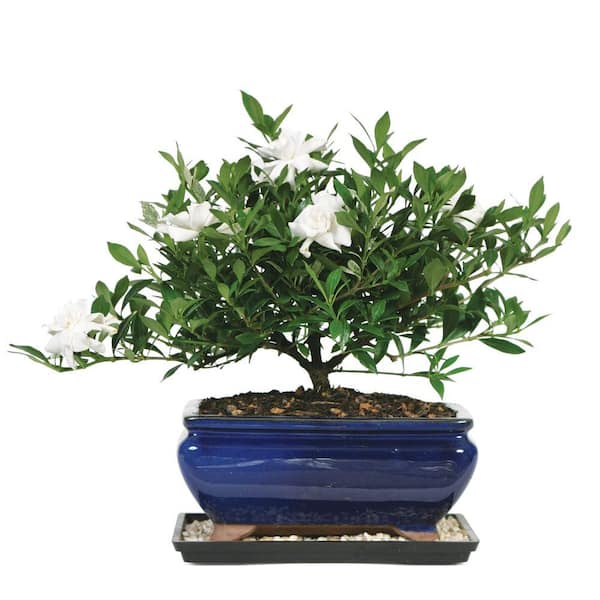
Brussel's Bonsai Gardenia Bonsai-DT-0107G - The Home Depot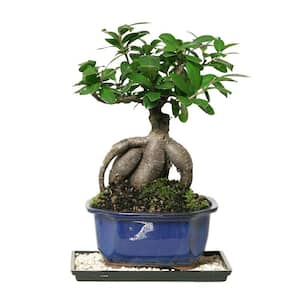
Brussel's Bonsai Dwarf Hawaiian Umbrella Tree (Indoor)-DT-6019ARB - The Home Depot
About America's Largest Bonsai Nursery - Brussel's Bonsai![Live Chinese Elm Outdoor Bonsai Tree - 14 Years Old; 16]()
Live Chinese Elm Outdoor Bonsai Tree - 14 Years Old; 16" to 20" Tall with Decorative Container, Humidi… | Chinese elm bonsai, Bonsai tree types, Outdoor bonsai tree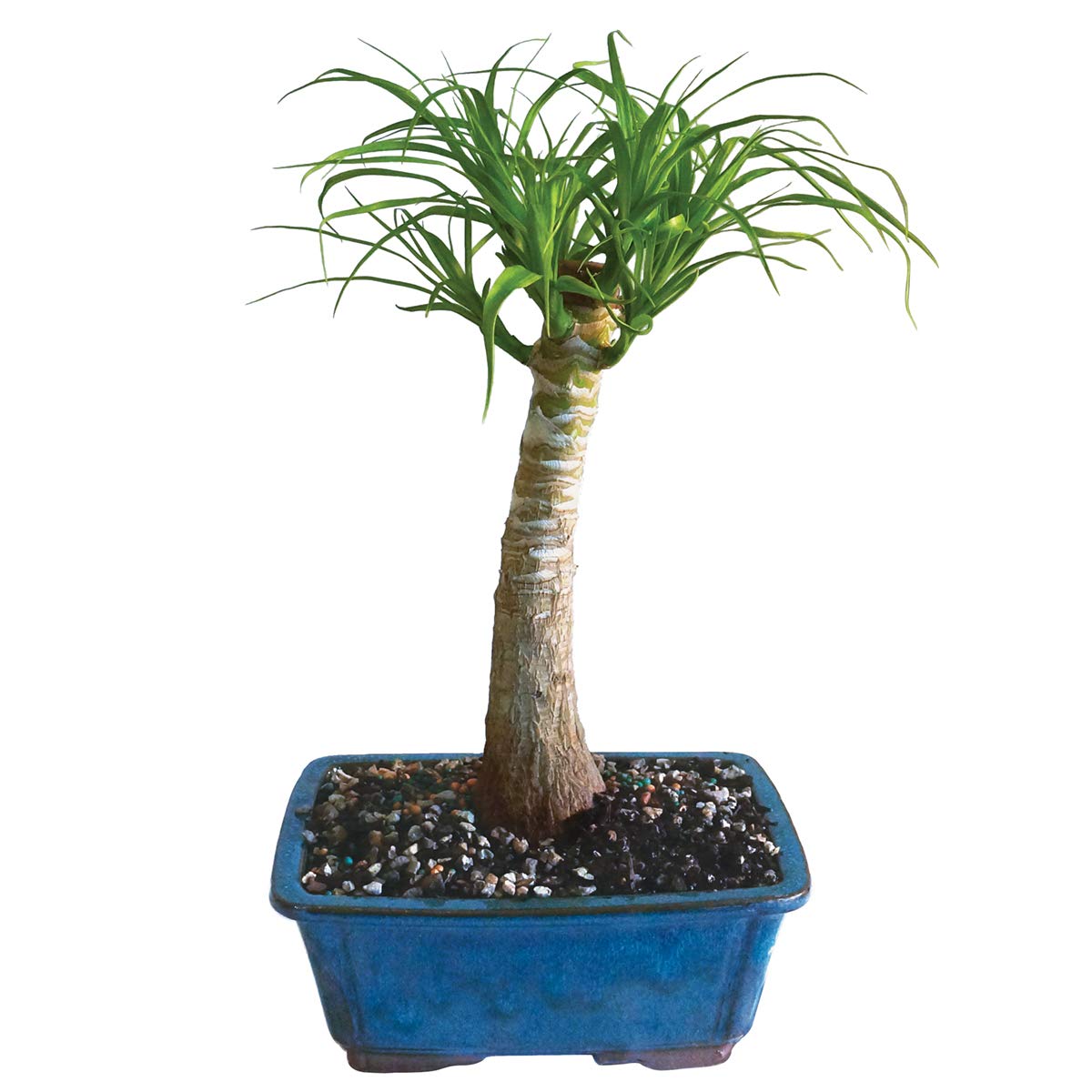
3 Years Old; 4 to 6 Tall with Decorative Container Brussels Bonsai Live Dwarf Jade Indoor Bonsai Tree Bonsai
Extra Large Gardenia Outdoor Live Plant - Brussel's Bonsai | Outdoor bonsai tree, Bonsai trees for sale, Bonsai tree care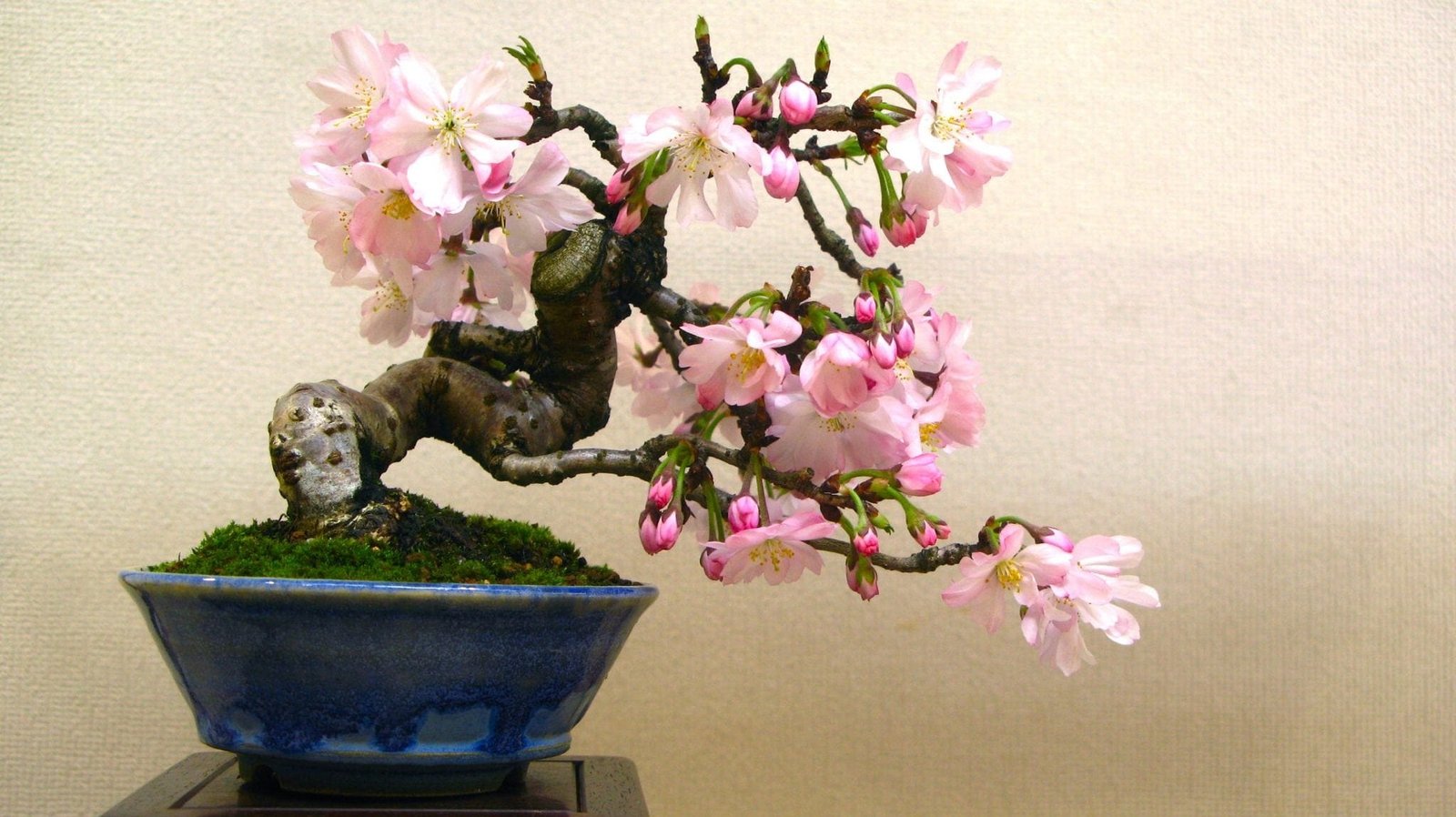
What Does Bonsai Mean and Symbolize? | Bonsai Tree Gardener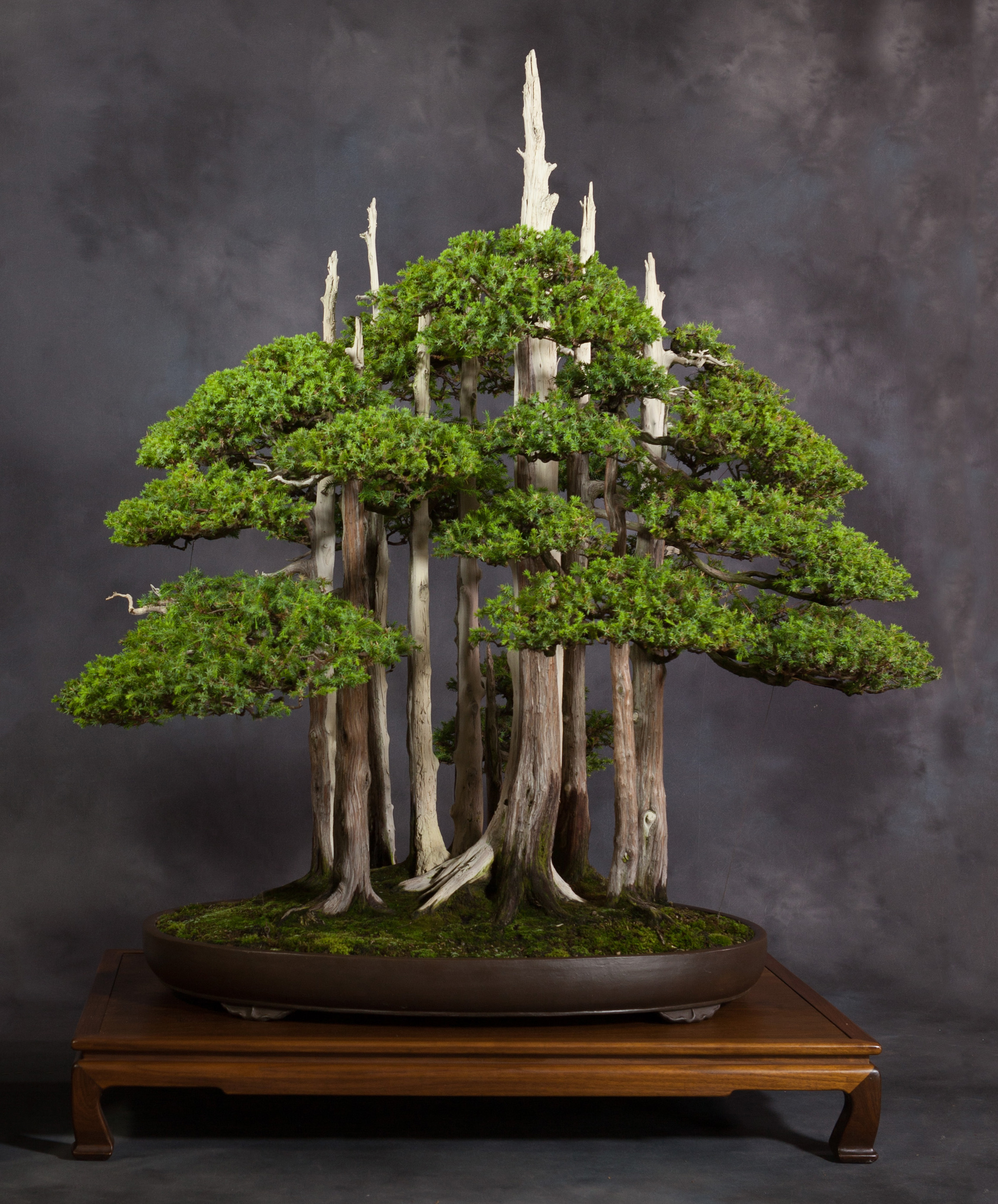
North American Collection — National Bonsai Foundation
Brussel's Chinese Elm Bonsai - X Large - (Outdoor) - Walmart.com#bonsai # brussels #chinese #elm #large #outdoo… | Chinese elm bonsai, Elm bonsai, Indoor bonsai tree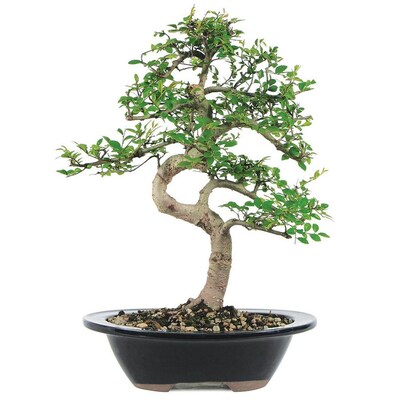
25+ Best Looking For Bonsai Tree Soil Lowes | Pink Wool
Amazon.com : Brussel's Jade Bonsai : Plant Germination Kits : Patio, Lawn & Garden | Jade bonsai, Indoor bonsai tree, Bonsai tree types
Brussel's Bonsai Brazilian Rain Tree Bonsai-DT-4022BRT - The Home Depot | Bonsai trees for sale, Indoor bonsai tree, Bonsai tree![Amazon.com: Brussel's Bonsai Live Hawaiian Umbrella Indoor Bonsai Tree - 5 Years Old 8]()
Amazon.com: Brussel's Bonsai Live Hawaiian Umbrella Indoor Bonsai Tree - 5 Years Old 8" to 12" Tall with Plastic G… | Bonsai tree, Indoor bonsai tree, Indoor bonsai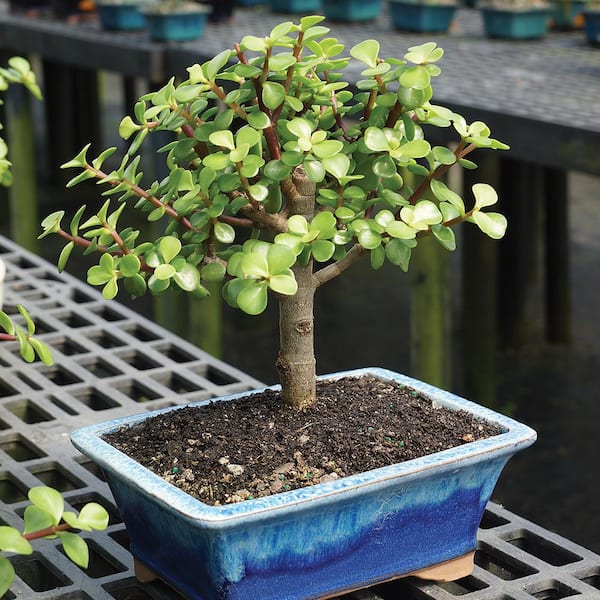
Brussel's Bonsai Dwarf Jade Bonsai-DT-6009DJ - The Home Depot
Pin on Morgan's garden
5 Star Stories: Brussel's Bonsai Nursery, the largest of its kind in the US![Brussel's Live Kingsville Boxwood Outdoor Bonsai Tree - 10 Years Old; 5]()
Brussel's Live Kingsville Boxwood Outdoor Bonsai Tree - 10 Years Old; 5" to 9" Tall with Decorative Containe… | Outdoor bonsai tree, Bonsai tree, Indoor bonsai tree
Large Brussels Bonsai CT3004GGF indoor bonsai Golden Gate Ficus Gardening kolenik Plants, Seeds & Bulbs
The Bonsai Tree Meaning, History & Benefits - Karma and Luck



























Post a Comment for "brussel bonsai tree meaning"